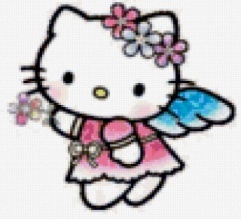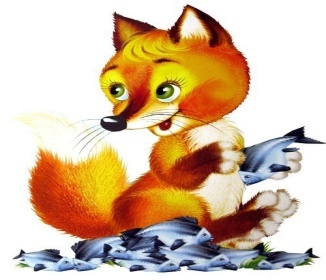|
COMPETTIONS
-
"Let's meet"
(Slide 2)
1. What is your
name?
2. How old are you?
-
2. “The ABC quiz
”(Slide
3)
1. How many letters in
the English alphabet? (26)
2. How many vowels in
the alphabet? (6) Name them. (A, E, I, O, U,
Y)
3. Name the first and
last letters of the alphabet. (A,
Z)
4. Which letter comes
next R? (S)
5. What words begin with
the letters D, F?
-
" Find the letters
in the picture" (slide 4)
Be alphabet of cutting
alphabet Children perform a task, recite the
alphabet.
-
Listen to sounds
and point letters (slide 5)
Children sing and move
to the music "The More We Are
Together"
-
Let's count the
numbers forward and reverse (slide
6)
-
Find the number
(slide 6)
Teacher names number in
English and children lay the number on the
desk.
-
Guess the animal
(slide 7)
animals appear on click,
only after the correct answer
-
|
Kitties
|
Funny
Foxes
|
-
It is brown. It can run and walk. It is big.
(Bear)
|
1) It is grey. It can run and swim. It is
very big. (Elephant)
|
-
It is green, blue and yellow. It can fly and
jump. It cannot sing.
(Parrot)
|
2) It is brown, green and yellow. It can sing
and jump. It cannot
fly. (Cockerel)
|
-
Name the animal,
its color
Children without looking pull
out figures of animals from "magic bag” and do a
task
8. Gather puzzles (slide
8)
|





















